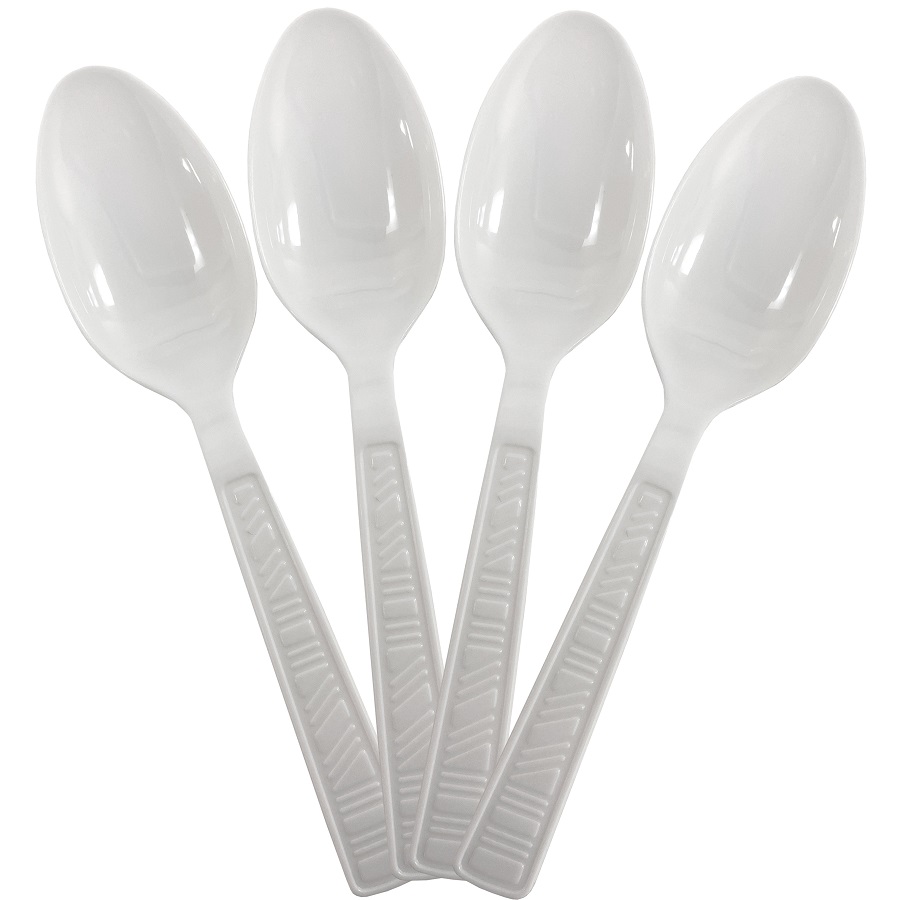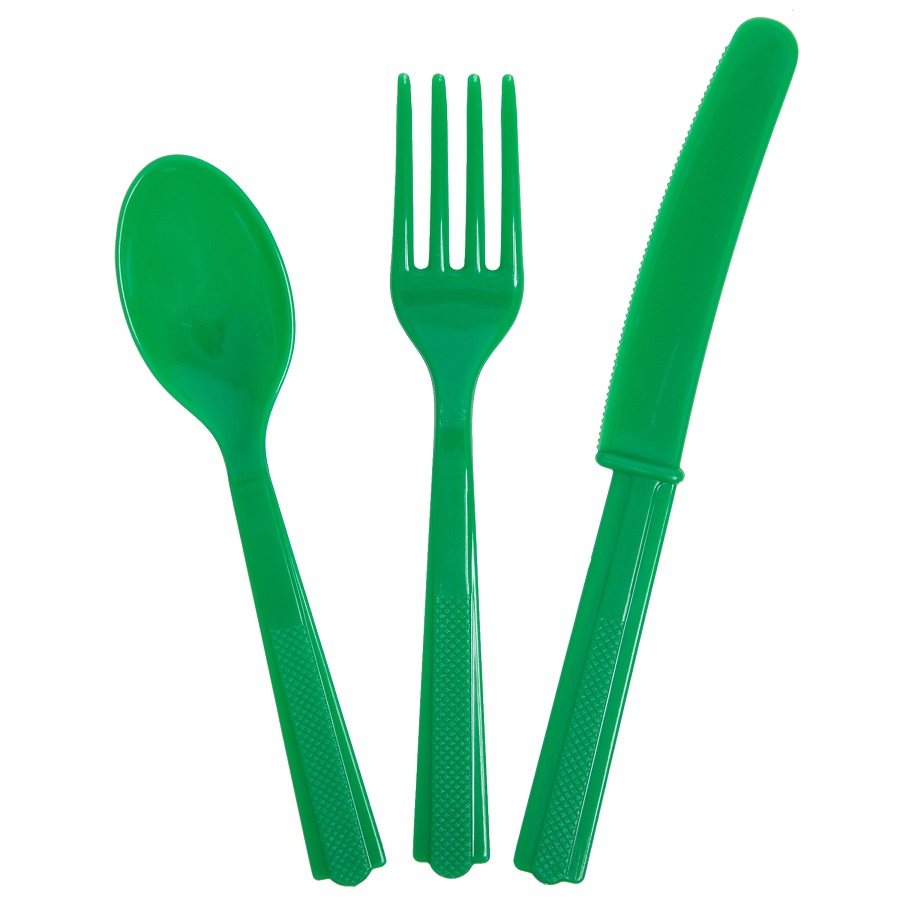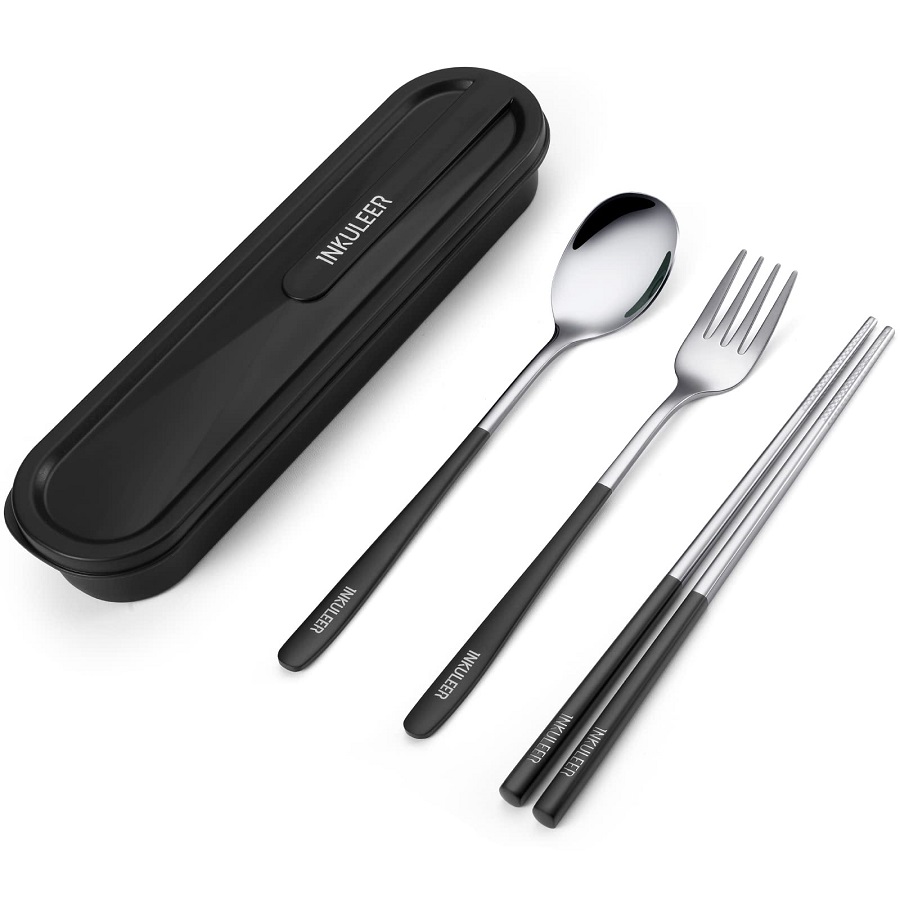The Impact of Plastic Cutlery on the Environment
Plastic cutlery poses a significant environmental challenge. These items, often used once and discarded, pile up in landfills. They take hundreds of years to decompose. Along the way, they release harmful chemicals into the soil and water. Wildlife often mistakes plastic cutlery for food, leading to lethal consequences.
Plastic cutlery also contributes to ocean pollution. Millions of plastic forks, knives, and spoons find their way into the oceans every year. Once there, they break down into microplastics. These tiny particles are nearly impossible to clean up. They enter the food chain, affecting marine life and ultimately humans.
Another issue is the carbon footprint of plastic cutlery production. The process utilizes fossil fuels, which contribute to greenhouse gas emissions. This manufacturing, coupled with the transportation of these lightweight, single-use items around the globe, adds to their environmental toll.
Recycling is not a viable solution for plastic cutlery. Most recycling facilities cannot process them due to their small size and contamination level. Thus, they often end up as trash, despite consumers’ best intentions.
Lastly, the visual pollution created by discarded plastic cutlery is not to be overlooked. Picnic areas, beaches, and other recreational sites suffer from the unsightly presence of these plastics, detracting from the natural beauty and enjoyment of these spaces.
 Recent Innovations in Biodegradable and Compostable Cutlery
Recent Innovations in Biodegradable and Compostable Cutlery
In response to environmental concerns, recent years have seen a surge in biodegradable and compostable cutlery innovations. These products aim to reduce the harmful impact of plastic cutlery. Made from various plant-based materials, such innovations are gaining traction among consumers and businesses alike.
Biodegradable options include cutlery made from cornstarch, potato starch, and other renewable resources. These items break down much faster than traditional plastic. They decompose under the right conditions, often within months. This offers a significant reduction in environmental damage.
Compostable cutlery takes sustainability a step further. Products certified as compostable can safely return to the soil. They break down in industrial compost facilities, leaving no toxic residue. This aligns with a circular economy, where products re-enter the ecosystem after use.
Some brands have started embedding seeds into their compostable cutlery products. After use, the cutlery can be planted to grow herbs or vegetables. This innovative approach not only reduces waste but promotes the growth of new plants.
Manufacturers are also focusing on increasing the durability and functionality of these eco-friendly alternatives. Modern biodegradable and compostable utensils can withstand high temperatures and do not easily break. This makes them more appealing to consumers accustomed to the convenience of traditional plastic cutlery.
Overall, the market for biodegradable and compostable cutlery is growing. It is driven by increased consumer awareness and demand for sustainable products. As technology advances, these alternatives to plastic cutlery are becoming more accessible and cost-effective. This has the potential to significantly change consumer habits and reduce the environmental footprint of disposable cutlery.
Legislation and Bans Around Disposable Plastic Cutlery
In an effort to tackle the environmental issues caused by plastic cutlery, governments worldwide are taking action. Legislation and bans are increasingly being implemented to reduce the use of disposable plastic cutlery. This push for regulation is part of a broader move to cut down on single-use plastics that devastate ecosystems.
Countries like France have led the way by banning plastic cutlery outright, setting an example for others to follow. In some regions, laws require that any disposable cutlery must be compostable or made from biodegradable materials. This nudges manufacturers and consumers towards eco-friendlier alternatives.
Moreover, many cities within the United States have instituted bans or limitations on plastic cutlery. They often couple this with outreach programs to educate the public on the benefits of switching to sustainable options.
In addition, the European Union has taken a strong stance with a directive to ban single-use plastics, which includes cutlery. This aims to both prevent pollution and encourage the development of sustainable materials.
These legislative changes are significant. They impact the production, distribution, and consumption of cutlery. They compel businesses to adapt, driving the market for alternatives. Likewise, consumers face a shift in availability and are prompted to consider the environmental impact of their choices.
The introduction of penalties for non-compliance further reinforces the seriousness of these regulations. It ensures that both companies and individuals are held accountable for their environmental footprint. This regulatory environment is a key driver in the shift away from plastic cutlery. It steers us towards a more sustainable future.
Consumer Attitudes Toward Eco-Friendly Alternatives
The shift to eco-friendly alternatives is not just about innovation and legislation. It hinges on consumer attitudes. People are increasingly aware of the environmental impact of their choices, and this awareness is shaping their buying habits.
Many consumers now prioritize sustainability. They are willing to adjust their lifestyles to reduce waste. This includes using eco-friendly cutlery made from biodegradable or compostable materials. Surveys show that a growing number of people consider environmental impact before making purchases.
The trend is clear: people are seeking out green products. They want to support brands that align with their values. This demand drives companies to offer more sustainable options. Consumers are also spreading the word. They recommend eco-friendly products to family and friends, amplifying the shift.
Social media plays a big role here. Users share their experiences with sustainable products, influencing others. Positive posts about eco-friendly cutlery can boost interest and sales.
Still, some challenges remain. Eco-friendly alternatives can cost more. Not all consumers are ready to pay a premium for sustainability. Education is key. The more people learn about the environmental benefits, the more willing they might be to invest in green products.
In summary, consumer attitudes towards eco-friendly alternatives are increasingly positive. People understand the need for sustainable choices. They support the transition away from harmful plastic cutlery, driving the success of biodegradable and compostable options.
The Role of the Hospitality Industry in Shifting Trends
The hospitality industry plays a crucial role in changing trends. As a major user of disposable items, this sector impacts the plastic cutlery crisis. Hotels, restaurants, and cafes use large quantities of these products. Their choices can encourage shifts in consumer behavior.
The industry is noticing the call for eco-friendly practices. Many businesses now choose biodegradable cutlery over plastic. This switch sends a powerful message to customers. It shows a commitment to sustainability. When guests see compostable forks and spoons, they think about their own choices.
Leaders in the industry also set trends. They explore innovative materials for disposable cutlery. These include bamboo, wood, and even edible options. As prominent brands adopt these materials, they become more popular. This influence helps eco-friendly alternatives gain market share.
Collaborations also matter. Hospitality businesses team up with providers of sustainable cutlery. They get better prices and help makers scale up production. Bulk buying reduces costs. It makes the switch to green cutlery easier for others in the industry.
Training staff is another way to support the trend. Employees learn about the benefits of sustainable cutlery. They share this knowledge with customers. This education can inspire change beyond the hospitality sector.
In summary, the hospitality industry is crucial in phasing out plastic cutlery. By choosing sustainable options, they lead by example. They drive demand for biodegradable and compostable alternatives. They help to cut costs and reduce environmental harm. Their actions speak loud. They encourage others to make greener choices.
Cutting Costs and Carbon: The Economic Benefits of Sustainable Cutlery
When we talk about the shift to sustainable cutlery, the conversation often centers on the environment. Yet, the economic benefits of such a transition are equally compelling. By choosing biodegradable or compostable options, businesses and consumers can cut costs and carbon footprints.
First, sustainable cutlery often comes from renewable resources like bamboo, cornstarch, or wheat straw. The production of these materials typically requires less energy compared to plastics derived from petroleum. This means that less carbon is emitted into the atmosphere. For businesses, this helps meet carbon reduction goals and appeal to eco-conscious consumers.
Second, as the demand for eco-friendly options soars, economies of scale come into play. Higher production leads to lower costs per unit. This price reduction makes sustainable cutlery more competitive with traditional plastic options. Adopting them becomes more feasible for budget-conscious buyers.
Third, the long-term disposal costs associated with plastic cutlery add up. Landfills charge fees to accept waste, and these costs will only rise as space becomes scarcer. Biodegradable cutlery, on the other hand, can decompose naturally or be composted. This results in lower waste management expenses.
Furthermore, organizations that adopt eco-friendly cutlery may be eligible for government incentives. Some regions offer tax credits, grants, or other financial benefits for sustainable practices. Businesses can tap into these programs to offset the initial costs of switching to greener alternatives.
Lastly, brands that embrace sustainability often experience a boost in their public image. Customers are drawn to companies that demonstrate social responsibility. This can lead to increased customer loyalty and sales, adding a valuable edge to the brand.
In summary, while the environmental advantages of sustainable cutlery are vital, the economic benefits are also significant. They offer a winning combination of cost savings, reduced carbon emissions, and potential increases in customer loyalty and sales. As we move towards a greener future, the economic incentives will likely become even more persuasive.
Future Materials and Technologies in Disposable Cutlery
As we explore the future of disposable cutlery, several promising materials and technologies come to light. Innovators are developing products that could reshape how we view single-use utensils. These advances have a common goal: to reduce environmental harm and improve sustainability.
One such material gaining attention is CPLA (crystallized polylactic acid). CPLA is a renewable bio-plastic derived from fermented plant starch, usually corn. It is sturdy, can handle high temperatures, and is fully biodegradable under industrial composting conditions.
Another material that stands out is bamboo. This fast-growing plant serves as a durable and renewable source for making cutlery. Bamboo utensils are not only compostable but also have a minimal impact on carbon emissions.
Edible cutlery is another innovative approach. Made from ingredients like wheat and oats, these utensils can be eaten after use, leaving no waste behind. They come in various flavors, making them a fun, eco-friendly option for both kids and adults.
Cutlery with built-in seeds is a concept that couples the utility of disposable utensils with gardening. Once used, these items can be planted to sprout into plants or vegetables, contributing to green spaces and reducing waste.
Technology also plays a role in the future of cutlery. For instance, 3D printing technology has the potential to create customized, biodegradable utensils on-demand, reducing the product lifecycle and wastage drastically.
As for materials still in development, researchers are experimenting with chitin-based bioplastics made from crustacean shells. These are not only biodegradable but can also add nutrients back into the soil.
Lastly, ongoing advancements in composting technology will make the disposal of biodegradable cutlery more efficient. This will allow for quicker decomposition even outside of industrial facilities.
In conclusion, the future materials and technologies in disposable cutlery are developing with an emphasis on sustainability. From CPLA to edible options, these innovations aim to provide practical, yet environmentally-friendly alternatives to traditional plastic cutlery.
How to Make the Transition to Sustainable Cutlery Options
Adopting sustainable cutlery is a valuable move for consumers and businesses. Here are steps to make the switch easy and practical.
- Start with Research: Investigate materials and brands. Look for compostable or biodegradable labels. Seek products made from cornstarch, bamboo, or other renewable resources.
- Buy in Bulk: Consider bulk purchases to save money. This reduces costs per unit, making it similar in price to plastic cutlery.
- Educate Yourself and Others: Learn the benefits of sustainable cutlery. Share this information with friends, family, or customers.
- Encourage Policy Change: Support policies that ban plastic cutlery. Advocate for green initiatives in your community or workplace.
- Opt for Quality: Choose durable, eco-friendly cutlery. It should withstand use and offer a good eating experience.
- Endorse the Change: If you’re a business, tell your customers about your switch. Highlight the environmental and economic benefits.
- Start Small: If an immediate full switch is challenging, start small. Replace one type of plastic cutlery at a time.
- Use Incentives: Look for government or supplier incentives. These can help balance any initial costs of switching.
- Get Creative: For special events, try edible cutlery. It’s a conversation starter and completely waste-free.
- Focus on Long-term Savings: Remember, sustainable options might save money on waste management in the long run.
Transitioning to sustainable cutlery isn’t just good for the earth; it supports a healthier economy. With these strategies, you can confidently lead the change towards sustainability.





